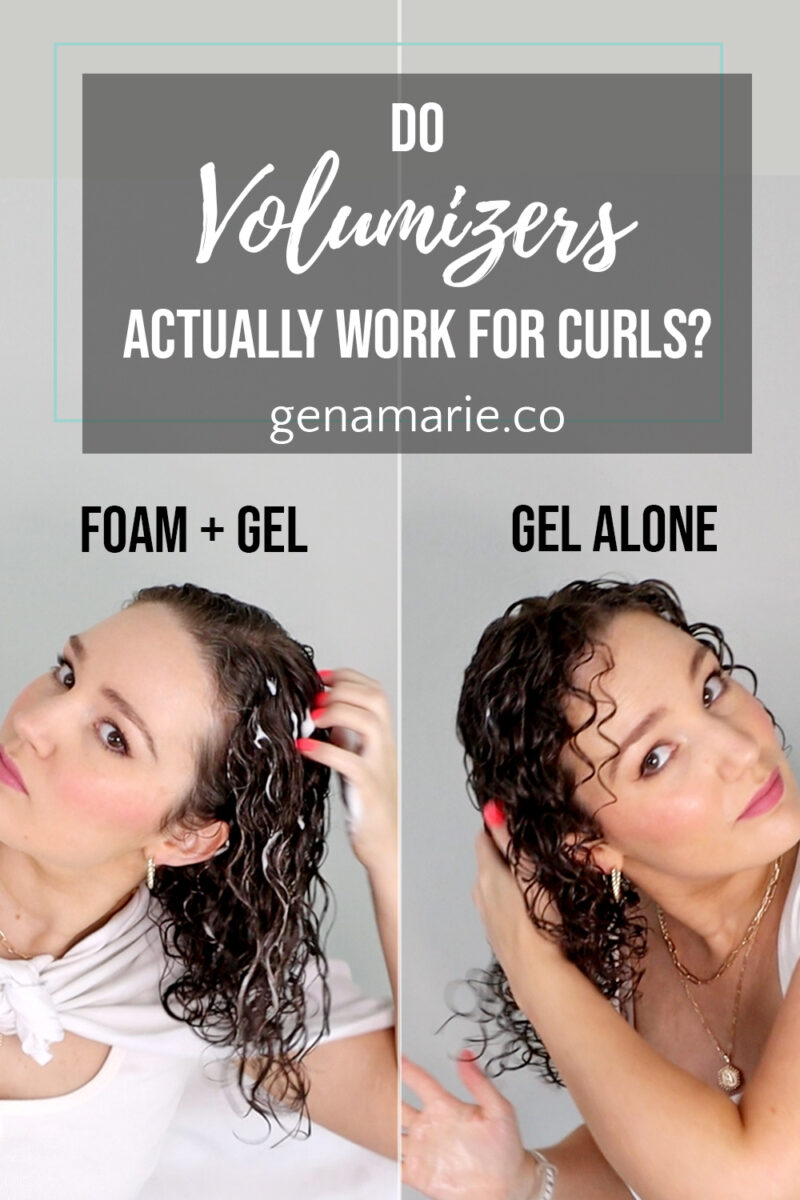
Do Volumizing Products Actually Work?
Volumizing products promise fuller-looking curls and lifted roots, but do they actually work for curly hair, or are they just sticky, overhyped, and a total
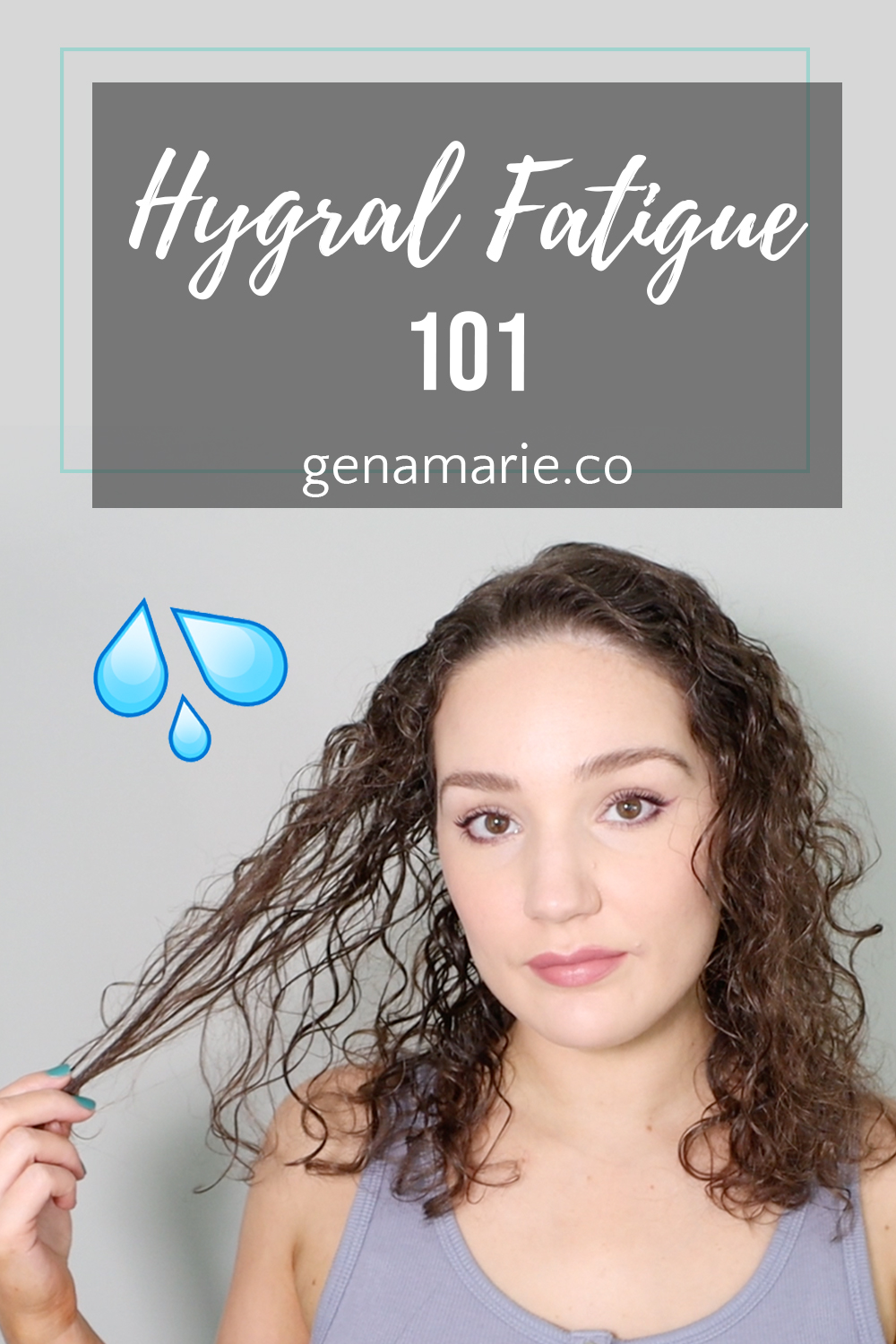
This post is sponsored by Curlsmith. Products are gifted. Links are affiliate links, which means I earn a small percentage when you order through my links. This does not impact the price you pay and is a way to support my channel in exchange for helping you discover the product.
Did you know water can actually cause damage to our hair over time? Hygral fatigue is not super common but is most likely to occur in the summertime when we’re swimming and washing our hair more frequently.
I’ve teamed up with Curlsmith for #HotCurlSummer again to share everything you need to know about hygral fatigue and how to avoid damaging your hair while having fun in the sun.
Hygral fatigue Damage to the hair caused by repeated swelling and drying of the hair.
How is it different than moisture overload?
Moisture overload is when you’ve used too heavy products or used too much water in your routine, causing your hair to become over-moisturized. Hygral fatigue is actual damage that’s been done as a result of over-moisturizing the hair or wetting it too often. Think of hygral fatigue as the more extreme, long-term effect of moisture overload.
It’s helpful to first understand the structure of our hair and how it swells.
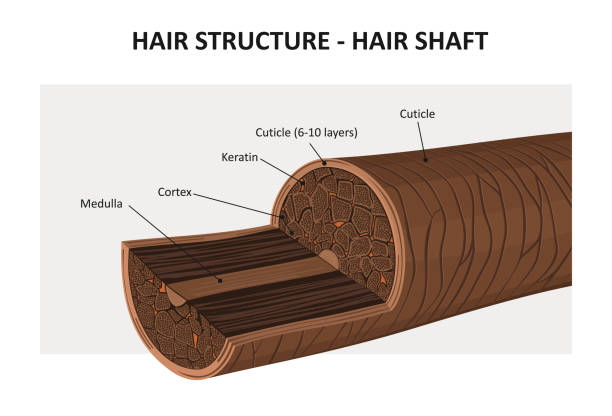
We have 3 layers of our hair:
When hair gets wet, it absorbs water which makes it swell like a sponge, pushing the cuticle outwards. This is why our hair is most fragile when it’s wet. The cuticle can become damaged and chip away, resulting in protein loss (weakened hair) and moisture loss (dry hair).
When our hair gets wet, its hydrogen bonds break. This is why our curls stretch out when they’re wet, and then shrink back up when dry. This is also why humidity in the air causes our curls to lose shape. High humidity causes the hair to swell, resulting in frizz and limp curls.
Washing your hair every day without protecting it with pre-poo oil
Oils and water don’t mix, so oils help protect our hair. Using oil that penetrates into your hair before shampooing will help reduce swelling and protect your hair. The Curlsmith Shine Oil is a great option for a pre-poo oil because it is lightweight and fast-absorbing.
Using a very stripping shampoo every day
This can remove the protective natural oils from our hair. Instead, use a mild shampoo like Curlsmith Shine Shampoo. I like to alternate each wash day with a mild shampoo and a clarifying shampoo.
Wetting your hair multiple times a day
Before swimming, wet your hair with clean water and apply a leave-in conditioner or a spray like the Curlsmith Miracle Shield. This can help prevent chlorine water from absorbing. You can also apply pre-poo oil to protect the hair. Shampoo your hair to remove the chlorine water after and deep condition after swimming. Avoid leaving the chlorine in your hair overnight.
Over moisturizing your hair when styling
Styling your hair soaking wet and using products with heavy ingredients that trap too much moisture in your hair may cause it to stay damp for too long, especially if you air dry.
We need some moisture to stay in our hair but want it to be able to evaporate to fully dry.
Instead, opt for lightweight styling products such as those within the Curlsmith Scalp Recipe or Strength Recipe.
Leaving your hair wet for long periods of time, repeatedly
Studies showed that hair reaches its maximum swelling by about 2 minutes when soaked with water. Reduce the amount of time your hair is wet. Avoid leaving your deep conditioner in for too long, and always read the label. Never sleep with your deep conditioner in and avoid going to sleep with wet hair every time your wash. If you must, just lay it out across your silk pillowcase and make sure your scalp has air.
Do not sleep with your hair in a plop or put wet hair in your bonnet. This suffocates your scalp and leads to fungus growth and scalp conditions like dandruff.
Scrunch out excess water when after styling, to avoid leaving your hair water-logged. Diffuse to evaporate the water, or air dry with a fan nearby.
Soaking your hair every day when refreshing
Refresh with just products like liquid gels or mousse or foams because they contain water to redefine your curls, and won’t require adding additional water. Use as little water as possible, and spritz your hair with a flarisol bottle, which just mists the hair’s surface versus drenching it.
Some days, wetting your hair down may be needed to refresh. Just use your hair towel to scrunch out the excess water and diffuse to speed up the dry time.
Hair that is damaged or is high porosity
Damaged or high porosity hair is more susceptible to hygral fatigue due to the cracks in the cuticle. Those with bleached or chemically damaged hair may lose elasticity easily. Incorporate protein in your products such as the Curslmith Strength Recipe.
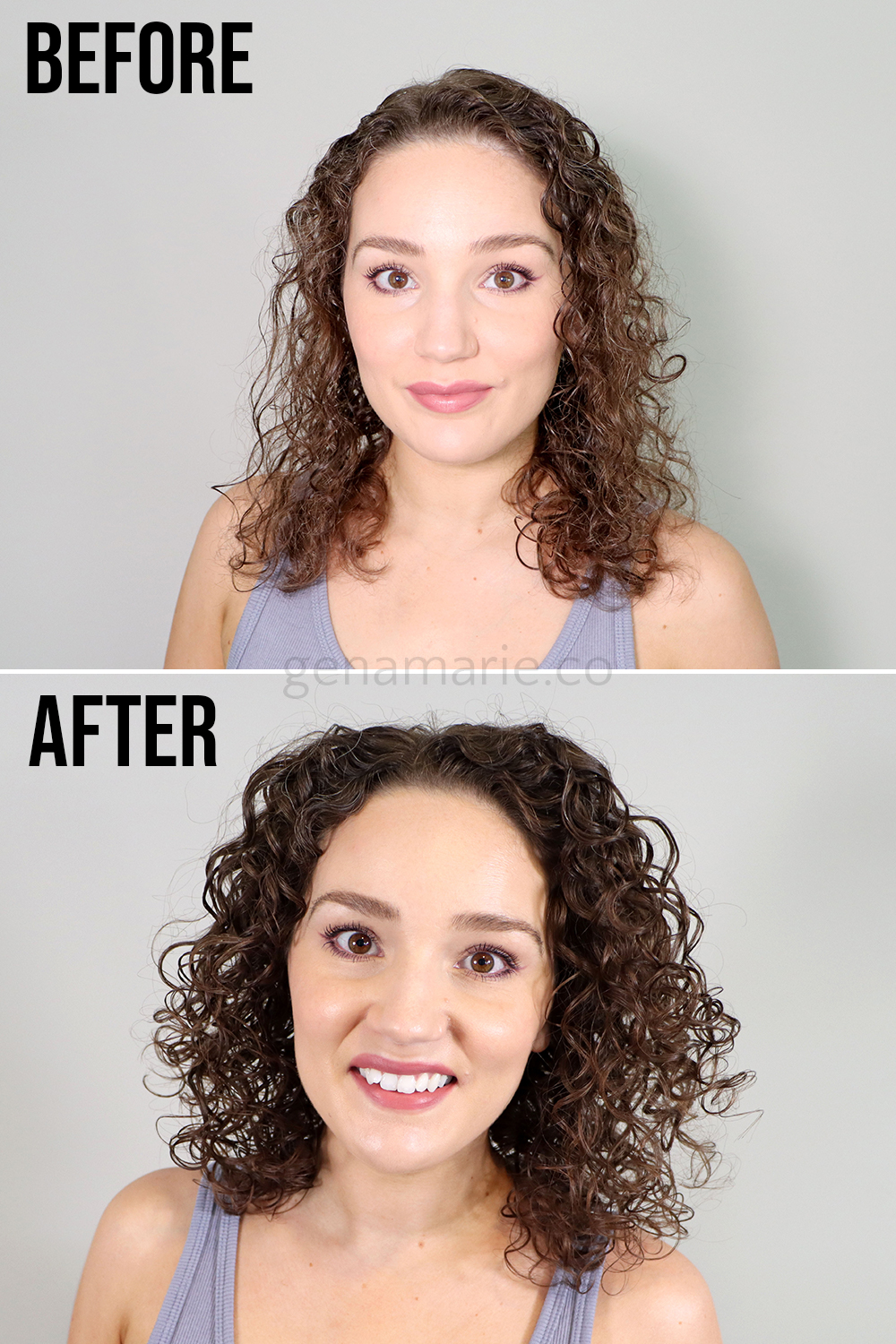
Use a product like Bond Curl Rehab Salve because it repairs all 3 types of hair bonds, including hydrogen bonds
Alternatively, if you don’t want to use Bond Curl:
Over time, your hair should recover from hygral fatigue. Read this post to ensure you maintain proper protein and moisture balance.
Sources:
https://www.ncbi.nlm.nih.gov/pmc/articles/PMC4387693/ http://rassrosh.com/bm/pdf/secondary%20ion%20mass%20spectrometric%20investigation%20of%20penetration%20of%20coconut%20and%20mineral%20oils%20into%20human%20hair.pdf
Zhang Y, Alsop RJ, Soomro A, Yang F, Rheinstädter MC. 2015. Effect of shampoo, conditioner and permanent waving on the molecular structure of human hair. PeerJ 3:e1296 https://doi.org/10.7717/peerj.1296
https://science-yhairblog.blogspot.com/2013/07/hair-swelling-in-water.html
Takahashi, T. Unique Hair Properties that Emerge from Combinations of Multiple Races. Cosmetics 2019, 6, 36. https://doi.org/10.3390/cosmetics6020036


Volumizing products promise fuller-looking curls and lifted roots, but do they actually work for curly hair, or are they just sticky, overhyped, and a total

Disclaimer: This post is sponsored by Curlsmith. Products are gifted. Full disclosure here. If your hair turns into a frizzy puffball the moment you step

Today I refreshed my hair in real-time while sharing some of my best tips for refreshing frizz from lack of hold or humidity. I’m also
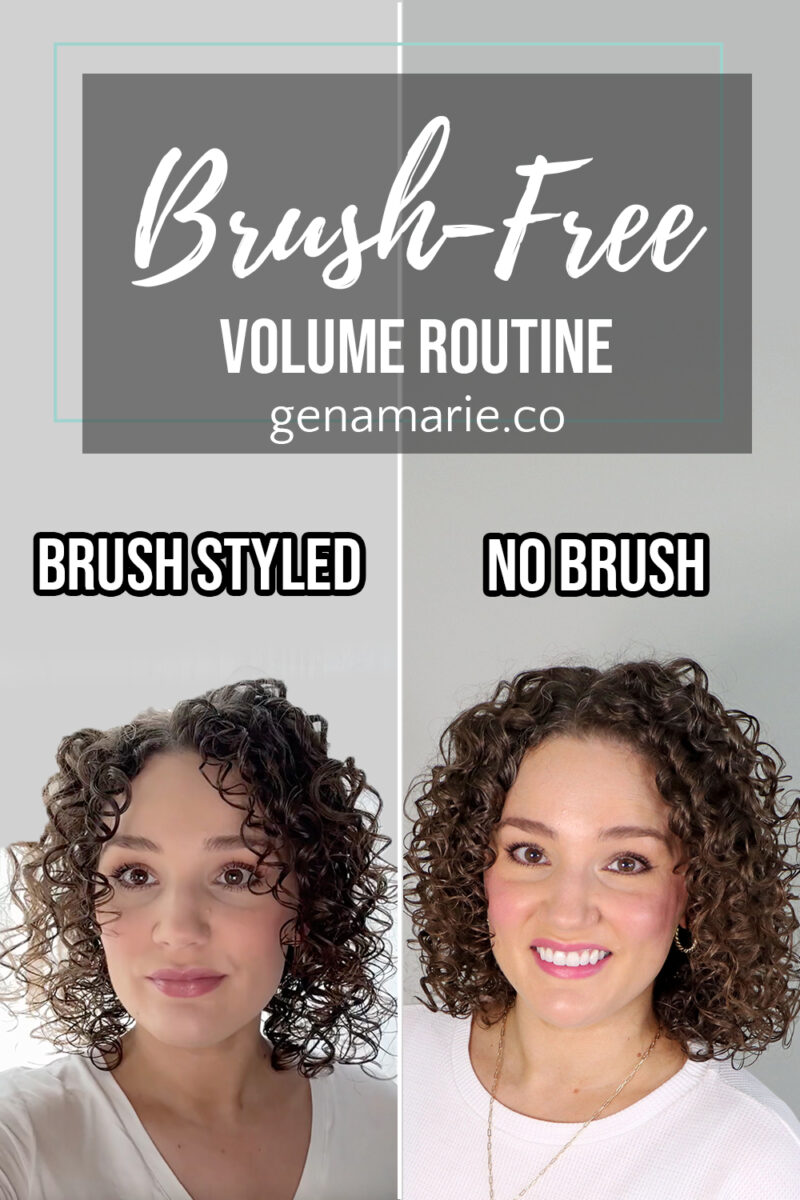
Do you use a brush when styling AND struggle to get enough volume? If so, you could be brush styling away your volume! Today I’m
© 2025 Gena Marie